Olympic National Park in Washington State is one of the most diverse outdoor destinations in the United States. Known for its rugged Pacific coastline, glacial mountains, and temperate rainforests, the park also offers some of the most remarkable kayaking experiences in the country. Kayaking in Olympic National Park, WA.
From paddling along the calm waters of Lake Crescent to navigating the wild Pacific shoreline near La Push, kayaking here combines adventure, scenic beauty, and close encounters with nature. It’s a popular activity for both beginners and seasoned paddlers, making it a must-try for anyone touring or trekking through this region.
The park is particularly famous for:
- Its dramatic coastline dotted with sea stacks and hidden coves
- Serene alpine lakes with crystal-clear waters
- Opportunities to spot wildlife such as seals, eagles, and otters from the kayak
Best Time to Visit
The best time for kayaking in Olympic National Park largely depends on the kind of experience you’re seeking:
- Summer (June to September): Ideal for kayaking on lakes and rivers. The weather is warmer, and waters are calmer.
- Spring (April to May): A good time for wildlife spotting and lush scenery, though waters may be colder.
- Fall (October to November): Fewer crowds, beautiful autumn colors, but unpredictable weather.
- Winter (December to March): Not recommended for kayaking due to rough seas, cold conditions, and limited accessibility.
If you’re new to kayaking, summer is the safest and most enjoyable season to plan your trip.
How to Reach Olympic National Park
Getting to Olympic National Park is straightforward, and you can combine road, ferry, or air travel:
- By Air: The nearest major airport is Seattle-Tacoma International Airport (SEA). From there, it’s about a 2–3 hour drive to the park.
- By Road: You can reach the park by car from Seattle via Highway 101, which loops around the Olympic Peninsula. Driving offers flexibility if you plan to carry your kayaking gear.
- By Ferry: Ferries from Seattle connect to Bainbridge Island and Kingston, providing a scenic route to the peninsula.
Once inside the park, key kayaking spots like Lake Crescent, Lake Ozette, and the Pacific Coast are accessible by short drives or hiking trails.
Entry Fees and Permits
- Park Entry Fee: Around $30 per vehicle for a 7-day pass (subject to change).
- Permits: For kayaking on lakes, no special permits are usually required. However, backcountry camping with kayaks or ocean kayaking in protected areas may require wilderness permits.
- Boat Launch Fees: Some areas like Lake Ozette may have small launch or parking fees.
It’s always best to check updated regulations before visiting, as fees can vary seasonally. Kayaking in Olympic National Park, WA.
Food Availability and Meal Options
While kayaking trips don’t usually come with food services, you can plan accordingly:
- Within the Park: There are a few lodges and cafes around Lake Crescent and Hurricane Ridge that serve meals.
- Nearby Towns: Port Angeles, Forks, and Sequim offer restaurants, grocery stores, and take-out options.
- On the Go: Pack picnic-style meals, energy bars, dried fruits, and plenty of water for your kayaking adventure.
If you’re heading to remote coastal areas, carry enough food since facilities are limited.
Packing List and Essentials
A well-prepared packing list ensures a safe and enjoyable kayaking trip. Here are the must-haves:
- Kayaking Gear: Kayak, paddle, life jacket (PFD), dry bags
- Clothing: Quick-dry layers, waterproof jacket, hat, water shoes
- Safety Items: First aid kit, whistle, flashlight, navigation map or GPS
- Food & Hydration: Snacks, packed meals, and sufficient drinking water
- Optional Items: Camera (waterproof case), binoculars for wildlife, sunscreen, insect repellent
For overnight treks, include a tent, sleeping bag, and camp stove.
Safety Tips and Local Regulations
Kayaking in Olympic National Park is thrilling, but safety should always come first:
- Always wear a certified life jacket.
- Check weather forecasts before heading out. Sudden winds and tides can be dangerous.
- Stay close to shore if you’re a beginner.
- Respect no-entry zones or restricted wildlife areas.
- Inform someone about your kayaking route and expected return time.
- Carry a waterproof phone case or marine radio for emergencies.
Remember, the Pacific coast is powerful, and conditions change rapidly. Beginners should avoid sea kayaking unless accompanied by a guide.
Tips for Beginners or First-Time Visitors
- Start with calm waters like Lake Crescent or Lake Ozette.
- Choose stable recreational kayaks rather than narrow touring ones.
- Practice basic strokes and self-rescue techniques before venturing far.
- Don’t overload your kayak with gear—keep essentials light and waterproof.
- If unsure, join a guided tour for added safety and local expertise.
Local Customs or Cultural Etiquette
Olympic National Park is surrounded by lands with cultural significance to Native American tribes such as the Quileute, Makah, and Hoh. When kayaking in or near these areas:
- Show respect for local traditions and heritage sites.
- Do not remove or disturb natural or cultural objects.
- Be mindful of fishing areas and tribal boundaries.
- Practice “Leave No Trace” principles to protect the environment.
FAQs on Kayaking in Olympic National Park
1. How long does a typical kayaking trip last?
Trips can range from a couple of hours on Lake Crescent to full-day or multi-day ocean paddling adventures.
2. Is kayaking in Olympic NP suitable for beginners?
Yes. Lakes such as Crescent and Ozette are perfect for beginners, while ocean kayaking is better for experienced paddlers.
3. Do I need to bring my own kayak?
Not necessarily. Kayak rentals are available in nearby towns like Port Angeles.
4. Are there restroom facilities near kayaking spots?
Yes, restrooms are available at popular lakes, visitor centers, and campgrounds, but they may be limited near remote coastal areas.
5. What is the altitude of kayaking spots?
Most kayaking areas like lakes and coastline are at low altitudes, making them accessible without altitude concerns.
6. Can I kayak year-round in Olympic NP?
Technically yes, but conditions are safe and enjoyable only in summer and early fall. Kayaking in Olympic National Park, WA.
7. What wildlife might I see while kayaking?
You may encounter river otters, seals, bald eagles, ospreys, and even migrating whales along the coast.
8. Do I need special permits for ocean kayaking?
Yes, wilderness permits are often required for overnight coastal trips or camping.
9. Are guided kayaking tours available?
Yes, local outfitters offer guided trips, especially for sea kayaking along rugged coastlines.
10. Is it safe to kayak alone?
It’s always safer to kayak with a partner, especially in unpredictable ocean waters.
Final Thoughts
Kayaking in Olympic National Park, WA, is more than just an outdoor activity—it’s an opportunity to experience pristine wilderness, calm alpine lakes, and dramatic coastal scenery from a unique perspective. With the right preparation, safety measures, and respect for local customs, it can be a once-in-a-lifetime adventure suitable for both beginners and experienced paddlers. Kayaking in Olympic National Park, WA.
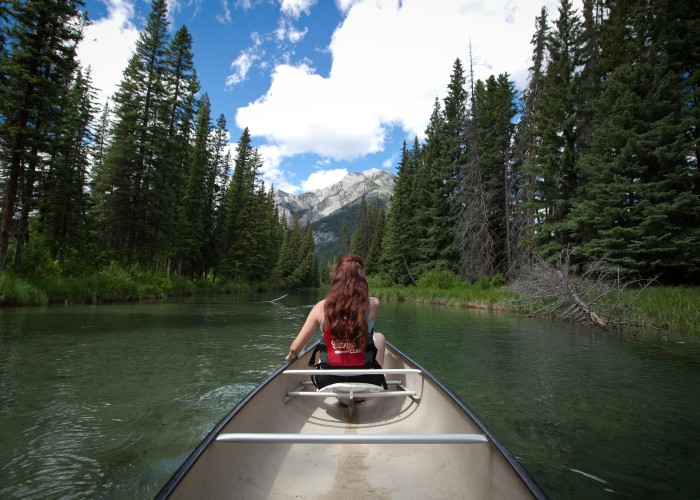
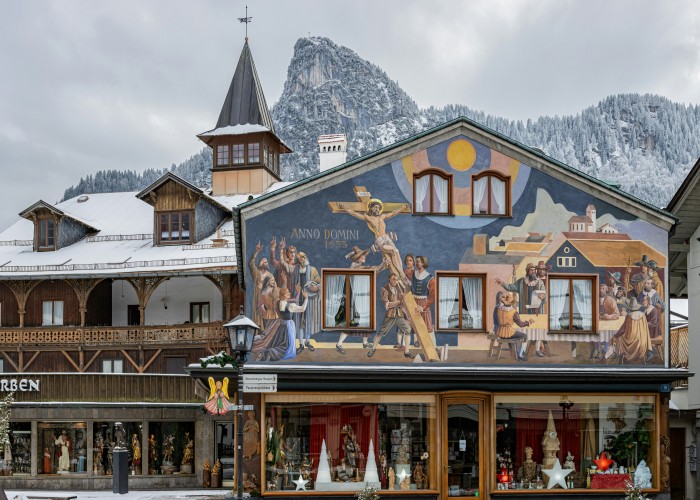
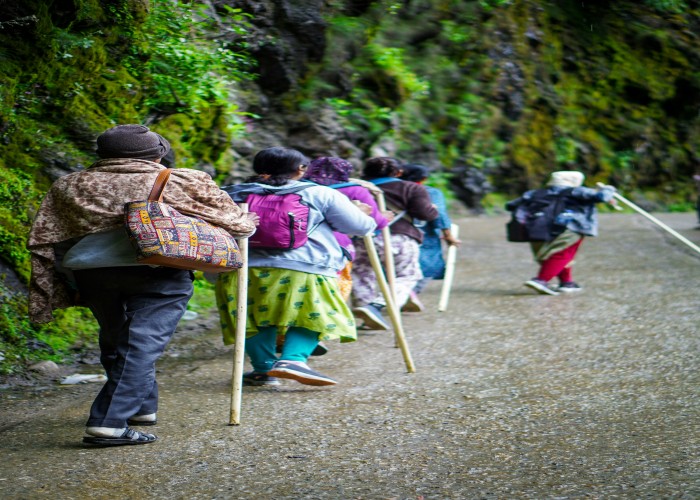

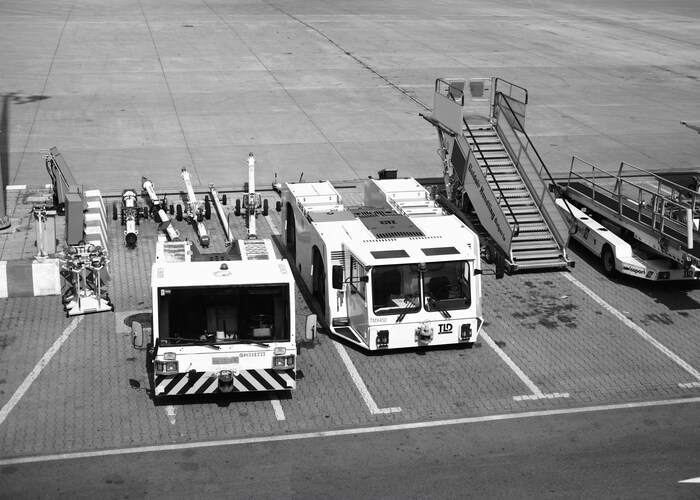
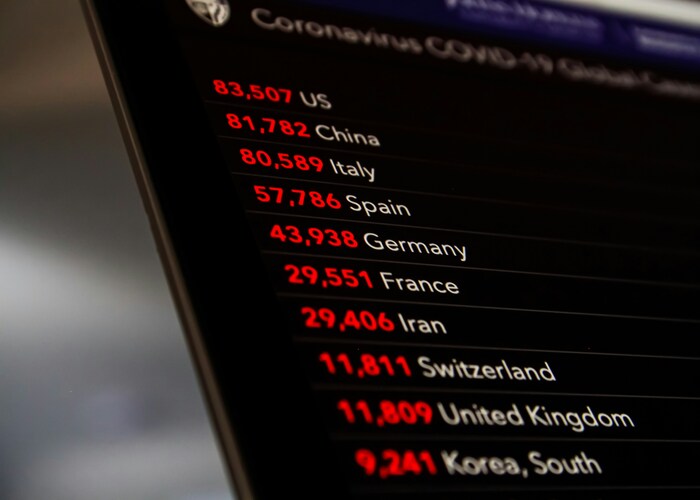
Leave a Reply